Heroes Of The Great War: World War I Comes To Kickstarter [Part Three]
May 15, 2017 by oriskany
Good afternoon, Beasts of War, and welcome to the third and final part of our review of Heroes of the Great War: Limanowa 1914 – presented by Gladiator Games. So far we’ve introduced the game and looked over its components in Part One, and looked over the rules and units and cracked a playtest in Part Two.
Check Out The Kickstarter
But for now, let’s close out our review of this highly-recommended game and watch the video above as I talk about my thoughts on the game with the BoW guys!
Advanced Rules
Once players get a couple games under their belt, they may want to give the advanced rules a try.
This is where Generals (or “Officer Units”) come in. These represent the generals, their staffs, and elite units under their immediate command. They have very high combat values, and the special abilities listed on their cards make them very versatile if leveraged properly.
Both sides get two generals, one for each player in the four-player original version of the game. While their high values make it tempting to use them simply as “elite infantry,” bashing holes in enemy lines, their special abilities are where their true value lay, especially since many abilities also give benefits to other units as well as themselves.
Advanced Rules also include considerations for weather conditions. Remember this battle took place in the Carpathian Mountains…in winter. Depending on the weather roll for a given turn, observation ranges may be reduced, movement may be slowed, and attack strengths dampened.
These rules have the general effect of slowing the game down, but not necessarily in a bad way. Not only does they drive home the difficulties of the historical battle or fighting in winter mountains, but also compel the players to think even more carefully about their strategic options and long-term planning.
Lastly, there are artillery tokens in the Advanced Rules. These are an “expendable” resource that allows players to allocate extra artillery power to key engagements, either in the attack or defence. Put most simply, they allow extra artillery actions for the unit on which they are expended, but again, players only get so many of these in the game.
Finish Up Our Playtesting
As readers may recall from Part Two, most of my live playtesting was conducted with Beasts of War community member @aras (Alex) playing as the Russians, while I tried to drive him from Galicia as the Austro-Hungarians. I started pretty well, defending Limanowa in the north while taking Bártfa in the south.
By about Turn 8, however, I could see my plans were beginning to come unstuck. In the north, Alex took a well-advised pause to reorganise his artillery, defeat my flanking effort, and finally crush the Polish Legion holding my left wing. Once that reorganised artillery started to hammer my Limanowa line, my casualties quickly mounted.
Meanwhile, my reinforcements from Krakow were rolling terribly on their progress checks. Soon it became apparent they wouldn’t arrive at all. My forces of “Group Hadfy” (4th Austro-Hungarian Army) were officially on their own.
Things in the south were soon turning against me as well. Here, Alex displayed plenty of characteristic Russian perseverance, soon retaking both hexes of the Bártfa strategic objective. A few timely draws of “Transport Reinforcements” cards allowed him to maintain his counteroffensive heedless of losses.
Some good old-fashioned luck didn’t hurt, either. Although I confess to scoring some obscenely good rolls early in the game, Lady Luck definitely turned against me in the south. Note that LOW rolls are usually better in this game, so if you have any really terrible dice that never “roll well” for you, this is the game for them.
Finally, I left the strategic city of Podolin open, trying to bolster my failing flank attack against Neu Sandez. I thought I had Alex’s cavalry safely “measured out” from this objective, but when he played his “Force March” card I realised I’d lost. My desperate counterattack ALMOST retook the city, but once that failed, the game was over.
Conclusions
In summary: Heroes of the Great War: Limanowa 1914 earns the “Oriskany Historical Seal of Approval.” It’s more nuanced, tactical, and historically accurate than some “historical wargames” like Axis & Allies or Risk, while more light and accessible than other historical hex-and-counter “monsters” with which many readers may be familiar.
The graphic design of the game is great, and it’s clear that everyone in its production really feels a personal connection to the source material. The different types of units are well-designed to encourage a “combined arms” approach, without a blatant “rock-paper-scissors” effect as we see in many games.
There is an appropriate level of abstraction in the game, which copes with the realities of 1914 operational-scale warfare (in winter mountains, no less) without bogging the game down in “supply points” or ledger sheets. Elements like limited actions, rail tokens, and artillery tokens, all manage these characteristics very well.
Of course, no game is perfect. As losses mount in later turns, the armies tend to “thin out” on the board and it becomes harder to mount those devastating combined-arms mass attacks. This can make taking that last objective very hard, and so the ending phases of a game (often fifteen to twenty turns) can sometimes seem to stretch a little.
The turns are fast, however. Even a twenty-turn game took only 2-3 hours at the most. And players can agree on a turn limit. In fact, some of the smaller “scenario play” games in my demo set specifically had pre-set turn limits to prevent long, drawn-out, “fourth quarter finishes.”
In all, I enjoyed this game immensely and would definitely recommend it to anyone with an interest in historical wargaming. You can get into the game with a minimum of effort and cost, the rules are innovative yet straightforward, combining ease of play and accessibility with historical fidelity and tactical detail.
Best of all, you might pick up some new knowledge on an important historical campaign. Not only is World War I rather under-represented in today’s wargaming market, but the Eastern Front of World War I is practically non-existent. I feel this game can go a long way in closing that gap.
Lastly, Heroes of the Great war: Limanova 1914 is a great springboard into what may be for many a new type of wargaming. This, of course, is the larger scale, operational levels of wargaming, where players really get a taste of how armies actually operate in a given arena.
In short, I highly encourage members of the BoW community to support this Kickstarter. You’ll learn something new about history, about military operations, all at a minimum of cost and effort, and have great fun with a great game at the same time.
I’d like to thank András Komporday and Gladiator Games for sending me a demo copy of this game and letting me get a pre-Kickstarter sneak-peek look at it. Thanks of course to @brennon and @lancorz for helping my articles look so great on Beasts of War, and of course @warzan and the team for letting me publish on Beasts of War.
Finally, thanks to the community members for continuing to support my articles. Thanks for taking the time to read these insufferable ramblings, and thanks for all the great comments that add further dimension to the discussion of these topics.
Check Out The Kickstarter
If you would like to write an article for Beasts of War then please contact us at [email protected] for more information!
"Once players get a couple games under their belt, they may want to give the advanced rules a try..."
Supported by (Turn Off)
Supported by (Turn Off)
"In all, I enjoyed this game immensely and would definitely recommend it to anyone with an interest in historical wargaming..."
Supported by (Turn Off)





























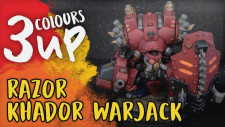

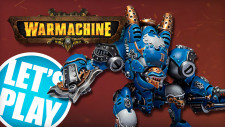
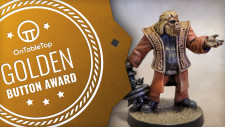


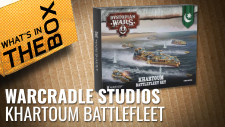
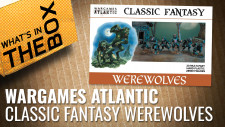




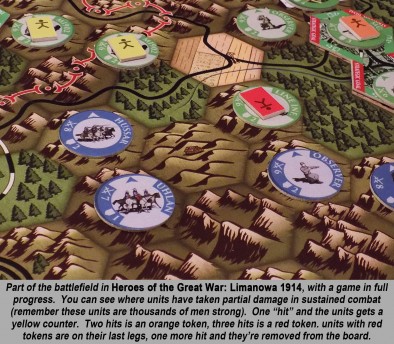
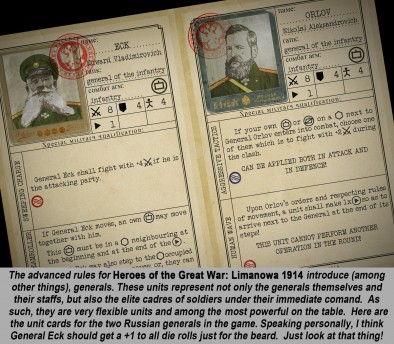
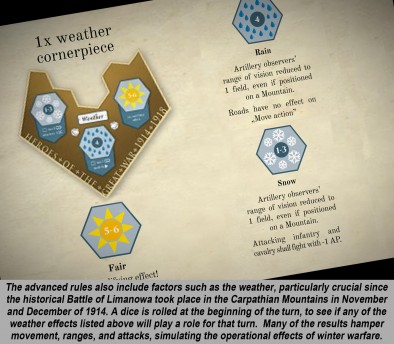
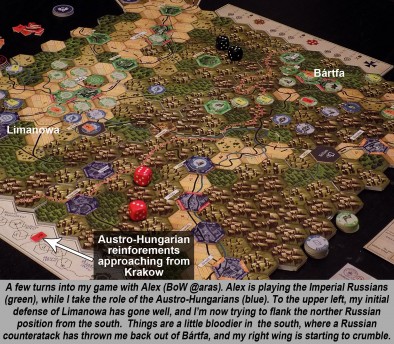

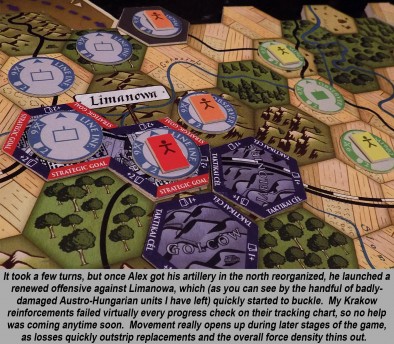
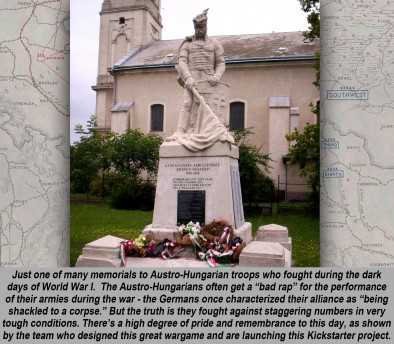




























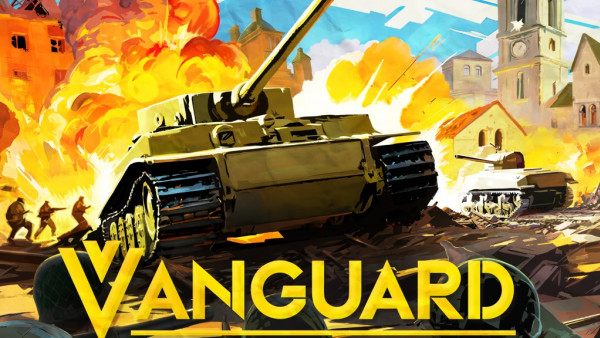
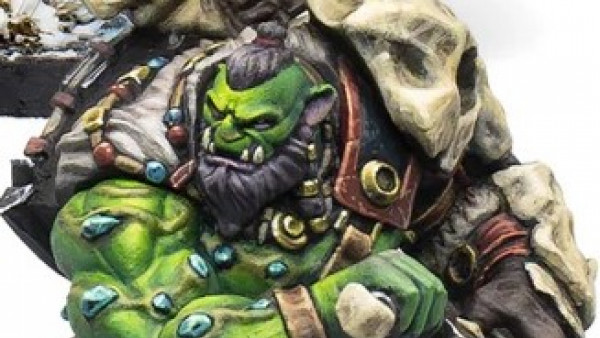
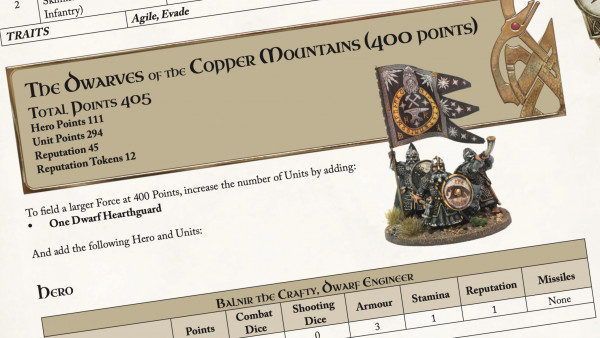

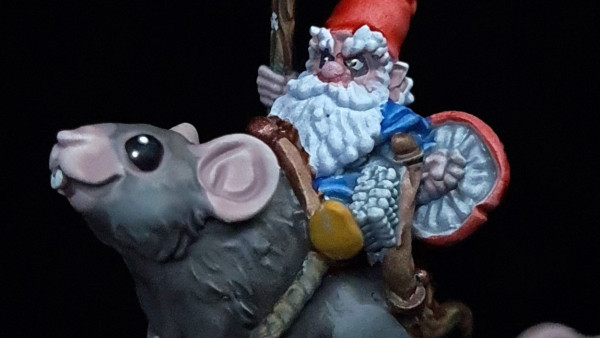


Hello!
Thank you for the great reviews!
Just one question: why you didn’t used the army stands? (the blue and green disks) It is designed to handle the loss indicators.
https://drive.google.com/open?id=0B8y_gyPCdaphOGxuN3M2UkJ4NEU
No worries, @dome . Glad you liked the review. 😀
I did sleep in today so got beaten to the 1st post.
I’ll echo @oriskany in calling for backing for what seems like an interesting game on a virtually unknown front of the great war
Backer #295. 😀
Shame Shame @rasmus ! As a graduate of the Oriskany college of wargaming, you should know no sleeping when there is wargaming to be done!
Don’t pick on him, @gladesrunner ! He’s one of the few guys still supporting my articles! 😀
Ofcause, they are worth it
😀
@gladesrunner Have you ever seen what fatigue can do to the troops ?
*yaaaawn* huh, what? What did you say? (zzzzzz . . . )
Great review, Oriskany! Thank you for the insight into this new game.
Thank you @jlcrundwell ! 😀
I loved the summary at the end. I may have read all the articles, but sometimes it’s nice to have everything in one place. As a novice war gamer, this definitely sounds like something I could handle. I hope they get the support they need on kickstarter.
Thanks. 😀
I should be great at this game usually getting crap dice.
does the weather take time to clear in the next turn? @oriskany
hello!
basically yes. you have to roll dice on every turn to the weather. Since it was winter, 1-3 means snow, 4 rain and 5-6 sunny day.
snow will reduce the attack strength of the attackers(the snow slows down the troops offroad, easier targets etc) the rain will make ther roads uneffective(mud)
both of them reduce the sight of the artillery observer to 1 hex. (clouds/fog/blizzard/rainfall etc)
I hope it helped 🙂
yes thanks.
Very basically, @zorg – the combat system is, my attack vs. your defense. I have to roll on or UNDER the difference (so if my attack is 6 and your defense 2, I have to roll a 4 or under). Actually, all my life I’ve been playing wargames that required lower numbers on the dice, usually you have to roll on or under a rating of some kind, the higher the rating, the better your chance. In fact that was one of the culture shock moments when I came to mini gaming and Beasts of War. Whoa, what’s this. Miniatures… Read more »
charge them up with the laser pointer like @warzan does @oriskany ?
Was that the deal? He would somehow charge the ions in his dice with the laser energy to ensure good rolls? 😀
yes but did it work?
I don’t remember, @zorg – we gotta ask @warzan . 😀
Just found this series. I don’t have much interest in the period, but when I saw you wrote it, felt compelled to go through it. Well done!
It really was all in all a very fun game. I was happy to get to play a game set in WW1 AND set in a relatively untouched part of the war (even for WW1). I felt like it captured the scene perfectly, and it was a blast to play. Some of the mechanics took me a little while to get used to, but when I finally learned how to actually play the game, things came together quickly.
The mechanics are pretty novel, with the “take a hit for every +6 the attacker has over the defender, then roll d6 for the change.” The combined arms elements between artillery, observers, and ground attacks by infantry and cavalry. Also, the move OR attack (almost never both) reflects operational realities of WW1 but does throw some players initially.
Thanks for the comment, and of course for game and help with this project. 😀
You forgot to mention Lord Forkbeard, and his tornado metal storm beard of smiting.
Oh, nm. I see he was mentioned in the caption for the picture depicting the generals. That beard is gnarly though!
General Eck’s beard (Picture 02 above) is indeed epic. The beard itself could be its own unit. 😀